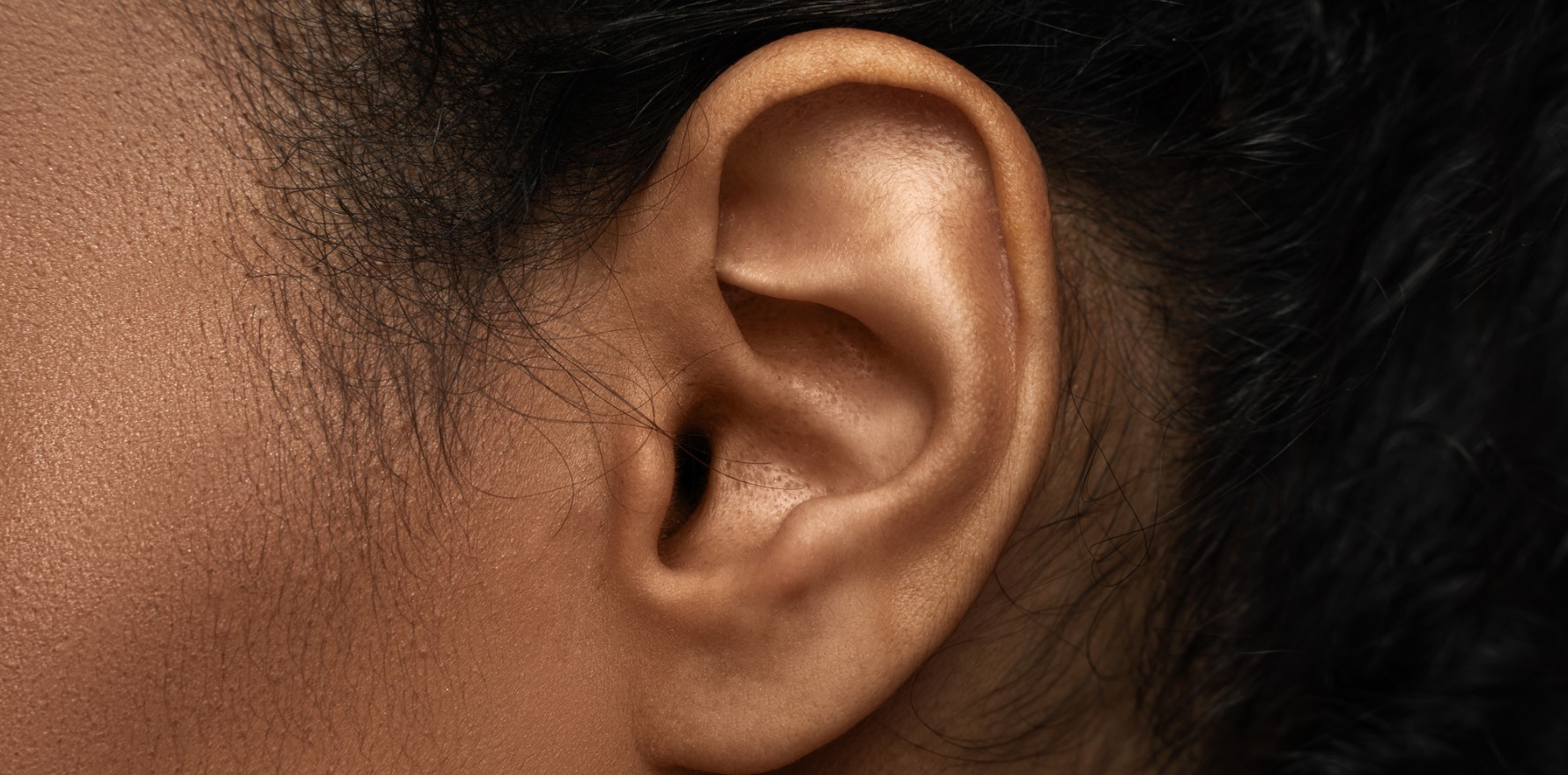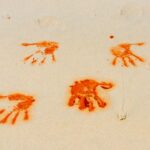Expectations around Aboriginal and Torres Strait Islander kids’ ear health are pitched too low, a researcher says.
Primary health practitioners should check Aboriginal and Torres Strait Islander children more frequently and more thoroughly for otitis media (OM), according to recommendations developed earlier this year.
OM was identified as one of several “hot topics in Aboriginal and Torres Strait islander health” at the RACGP’s recent annual conference – and one that is not confined to remote communities.
The key recommendations are that children with no known persistent or recurrent OM or other hearing concern should have an ear health and hearing check at least every six months until age four years, and then one check once the child reaches age five years.
During the check, the practitioner should:
- ask the parent or carer about any concerns, signs or symptoms
- check the child’s listening and communication skills
- assess middle ear appearance and mobility
If they have the equipment and are able, practitioners should also consider assessing otoacoustic emissions and obtaining eardrum images.
“The main changes in practice that these guidelines recommend are the routine use of tympanometry and routine use of listening and communication skills,” said Sam Harkus, an audiologist and researcher into Aboriginal and Torres Strait islander hearing health with the National Acoustic Laboratories.
According to Ms Harkus, who was presenting at the conference, at any one time, around one in three Aboriginal young children in urban areas is experiencing otitis media, while in some remote communities it can be as high as nine out of 10 children.
Since the condition is difficult to recognise, however, children often don’t receive the care they need.
“The most common presentation is otitis media with effusion, which of course doesn’t have those acute signs and symptoms associated with it,” she said. “In large part, they’re often very unclear signs and symptoms – not things that drive parents to the health centre to say there’s something obviously going wrong.”
Early detection and support was critical to preventing some of the damaging impacts of the condition, Ms Harkus said.
“Because of its asymptomatic nature, ear checks in primary health from a very early age are critical to the process of early detection,” she said.
“We know from qualitative work with Aboriginal parents and carers that there’s a high level of awareness in the community that ear health is a problem. Parents talk about watching out for it, but the problem is it’s a difficult condition to actually recognise.
There are also significant variations in the way primary care is provided, including how regularly paediatric ear checks are carried out.
Current OM guidelines recommend that every young Aboriginal child have their ears checked every time they come into a health service, but according to Ms Harkus, this doesn’t always happen.
“When we asked parents about when their children got their ears checked, a very common response was, ‘No one does it regularly; they don’t really check unless we think there’s something wrong’. Another response was, ‘Surely they know that we, as an Aboriginal community, have problems with our ears.”
Between January 2021 and April this year, Ms Harkus worked with a multidisciplinary team to develop practical recommendations for primary healthcare providers. The group comprised both Aboriginal and non-Aboriginal members, with strong representation from primary health, including Aboriginal community-controlled health services, some of whom also provided cultural oversight and advice.
“There definitely needs to be some careful work around what it would take for these recommendations to be implemented in routine practice in primary health settings,” she added, noting it would need a “full-on piece of work” to achieve this.
“Primary health practitioners need to be able to have referral options, but also they need to have instant guidance they can provide to families around how to support their child’s listening and communication skills development,” she said.
“We have to shift our perception and our tolerance of otitis media and help create that expectation that Aboriginal and Torres Strait Islander children can have healthy ears and hear well.”





